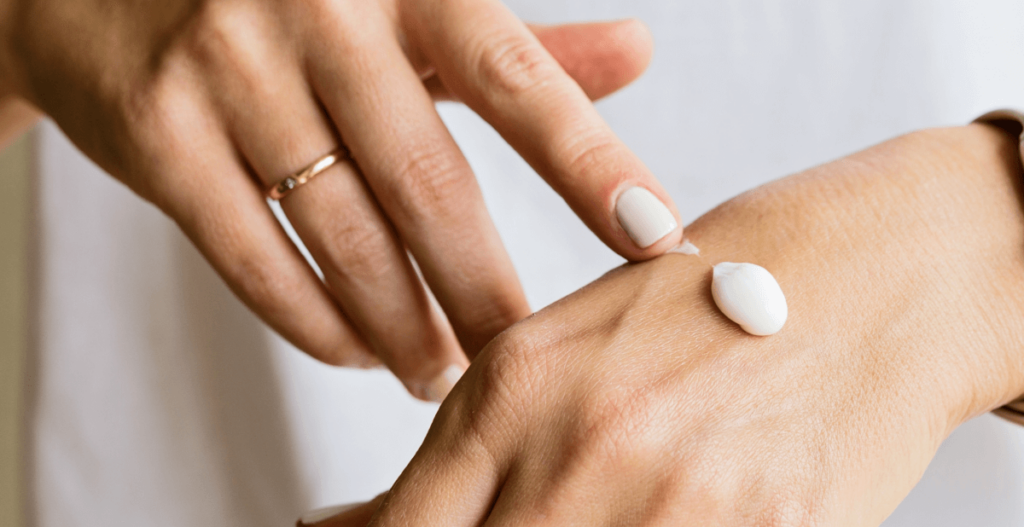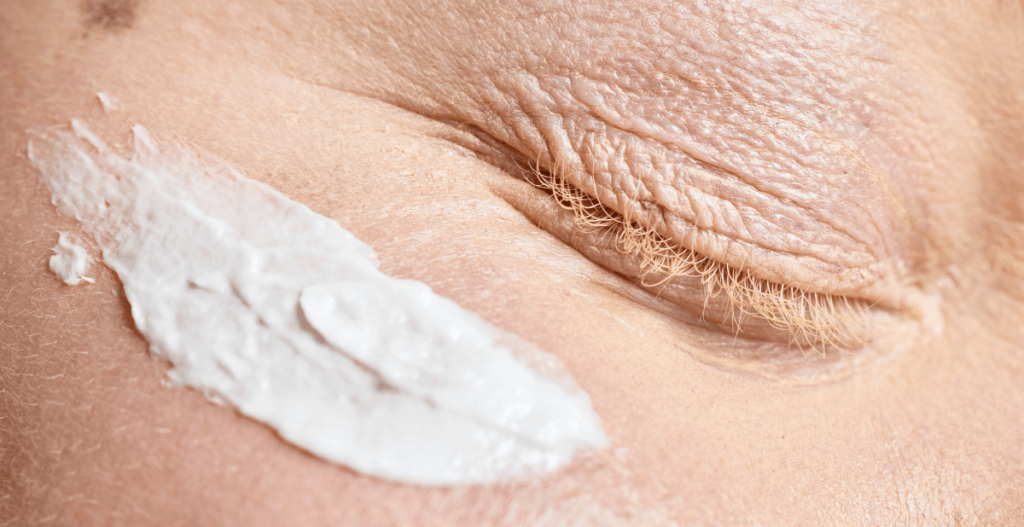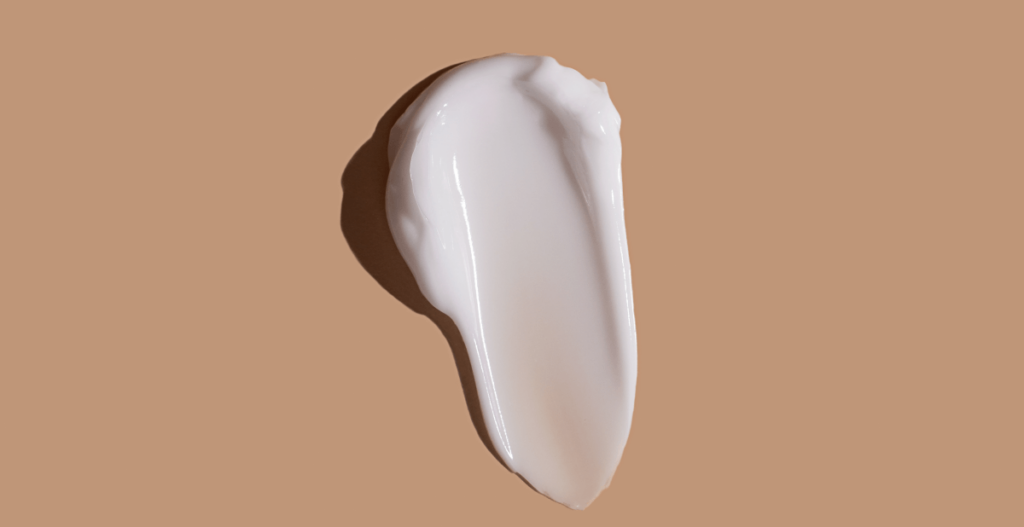Often used interchangeably, these terms are staples in a well-rounded skincare vocabulary. But does having dry skin mean the same thing as having dehydrated skin? Not quite. Dry skin doesn’t always need the same care as dehydrated skin, and vice versa.
Let’s dive in to the characteristics, causes, and care for each—uncovering just what you need for an A+ complexion.
Dehydrated skin: it’s only temporary
Noticing tightness or peeling in some spots? Feel like your skin’s lacking its usual glow? These are some of the classic signs of dehydrated skin, which happens when the skin loses too much water.
Dehydration can affect any skin type, including oily, normal, combination, and dry skin. Think of it like how your body feels after exercising on a hot day. Just as you need to replenish fluids, your skin also needs to restore its water balance.

So, what’s happening beneath the surface? The skin naturally loses water through a process called transepidermal water loss (TEWL). And some daily stressors (weather, pollution, and sun exposure, among others) can speed up this loss. The result: skin that feels tight, looks lackluster, and doesn’t bounce back as easily.
The good news? Dehydration is only temporary. With proper care, your skin can get back to feeling its best in no time.
Can the sun dehydrate your skin?
Yes! Sun exposure not only causes visible effects like sunburn and dark spots, but it also increases TEWL. Over time, this can leave your skin more vulnerable to dehydration. Protecting your skin daily (with a sunscreen you’re happy to reapply regularly) is one of the simplest ways to keep it hydrated and comfortable.
Dry skin: a skin type that needs extra care
Unlike dehydration, dry skin is a skin type influenced by genetics and hormones. Everyone falls into one of the main categories—oily, dry, normal, or combination—and if yours is dry, your skin naturally produces fewer oils.
But there are two factors at play here, since dry skin lacks both water and oil. Without enough natural oils (or sebum), the skin barrier struggles to lock in hydration and protect against external aggressors. This makes it more prone to irritation, flaking, and tightness.

In other words, if you have dry skin, it’s not just a passing phase—it’s a skin trait. While you can’t change your skin type, you can absolutely support it with the right products and routines that bring lasting comfort.
How to tell if you have dry skin or dehydrated skin
Since the two can feel similar, it helps to know the most common signs.
Dry skin usually:
- Feels tight, especially after cleansing
- Appears flaky or rough to the touch
- Has fine, barely visible pores
- Is more sensitive or prone to irritation
Meanwhile, dehydrated skin:
- Suddenly feels tight and uncomfortable
- Appears uncharacteristically dull, uneven, or tired-looking
- May start peeling in small patches
- Temporarily loses elasticity (it takes longer to “bounce back” when gently pinched)
Try this test: Gently pinch the skin on your cheek. If it takes a while to smooth back down, dehydration may be the culprit.
Ready to rehydrate? Here’s how:

If your skin is showing signs of dehydration, focus on replenishing water:
- Drink enough fluids. Getting the recommended amount for your body weight and activity level works to keep your body hydrated from the inside out.
- Keep caffeine and alcohol in check—these can further dehydrate your body.
- Maintain a balanced diet filled with your favorite fruits and veggies, which naturally support hydration.
- Protect your skin from the sun every day with a lightweight yet hydrating SPF.
- Add a hyaluronic acid serum to your face care routine to attract and retain water in the skin.
- Apply a nourishing body lotion or cream at least once a day. Pay special attention to drier areas such as feet and hands.
How to care for dry skin
Remember: Dry skin needs more than hydration. Because it lacks oils, the goal is to strengthen the barrier and restore balance.
For the face

Choose richer creams with barrier-repairing ingredients. Ceramides, hyaluronic acid, and vitamin E can help replenish moisture and protect against external stressors.
The bonus? Many moisturizing mainstays (like peptides and hyaluronic acid) also boast well-aging benefits, helping skin feel firmer and smoother over time.
Last but not least, stick to the SPF. Sunscreen not only prevents long-term damage but also helps reduce further water loss.
For the body

Even though clothing offers some protection, your skin still deals with the consequences of daily triggers. Temperature changes, sun exposure, and even hot showers can lead to itching, tightness, and dryness.
Here’s where formulas with urea are especially helpful. This multitasking ingredient draws in and retains water, making skin feel softer and smoother. Try a fast-absorbing lotion for everyday comfort without residue.
You’ve passed the test
Whether your skin is dry, dehydrated, or even both, you’re already a top skincare student—learning and discovering new ways to find relief. With small daily habits and the right products, you can restore balance, support your skin barrier, and feel confident in the skin you’re in.
Above all, do your best to keep up with your self-care routine—because healthy skin is always worth it.


